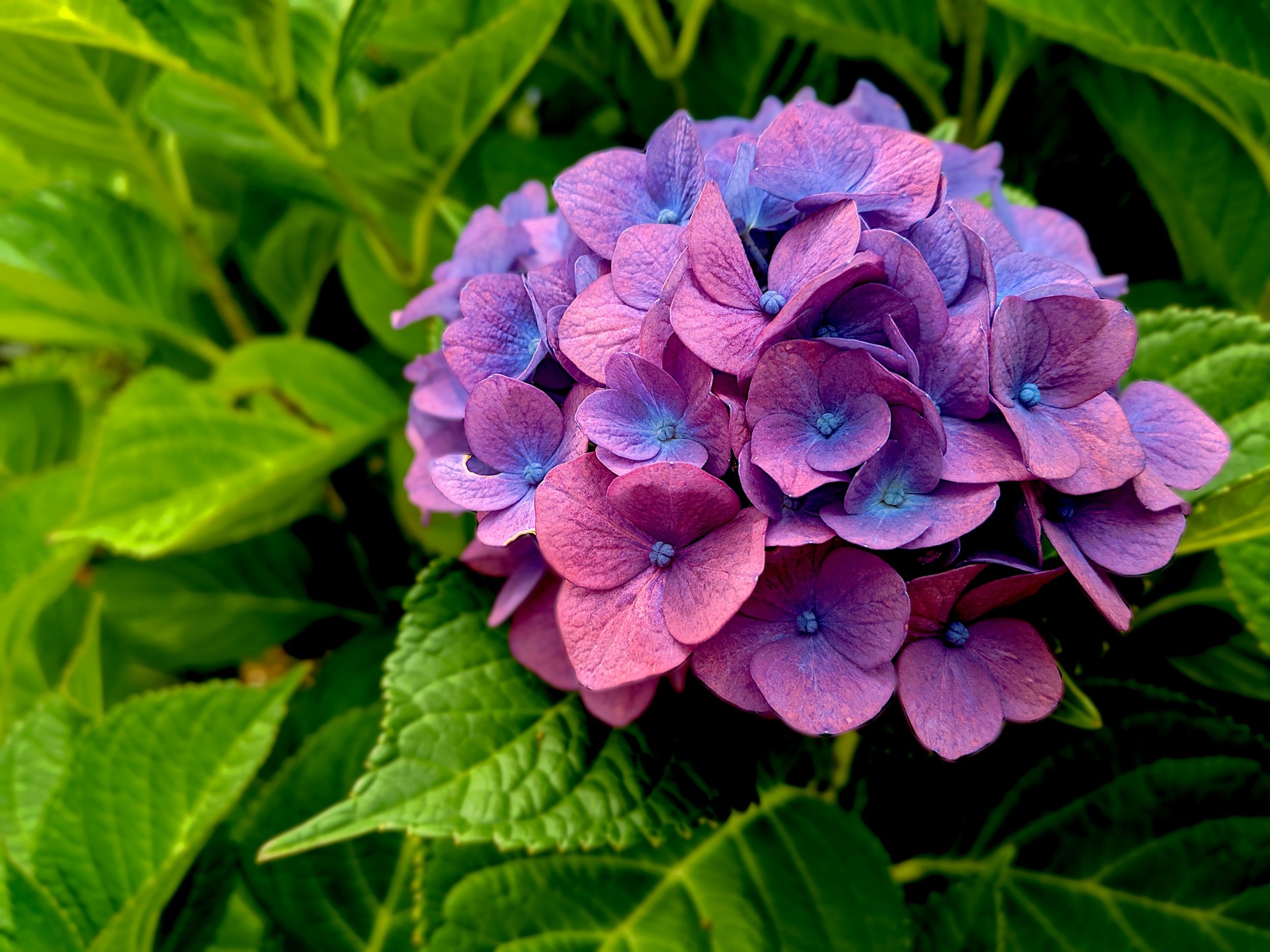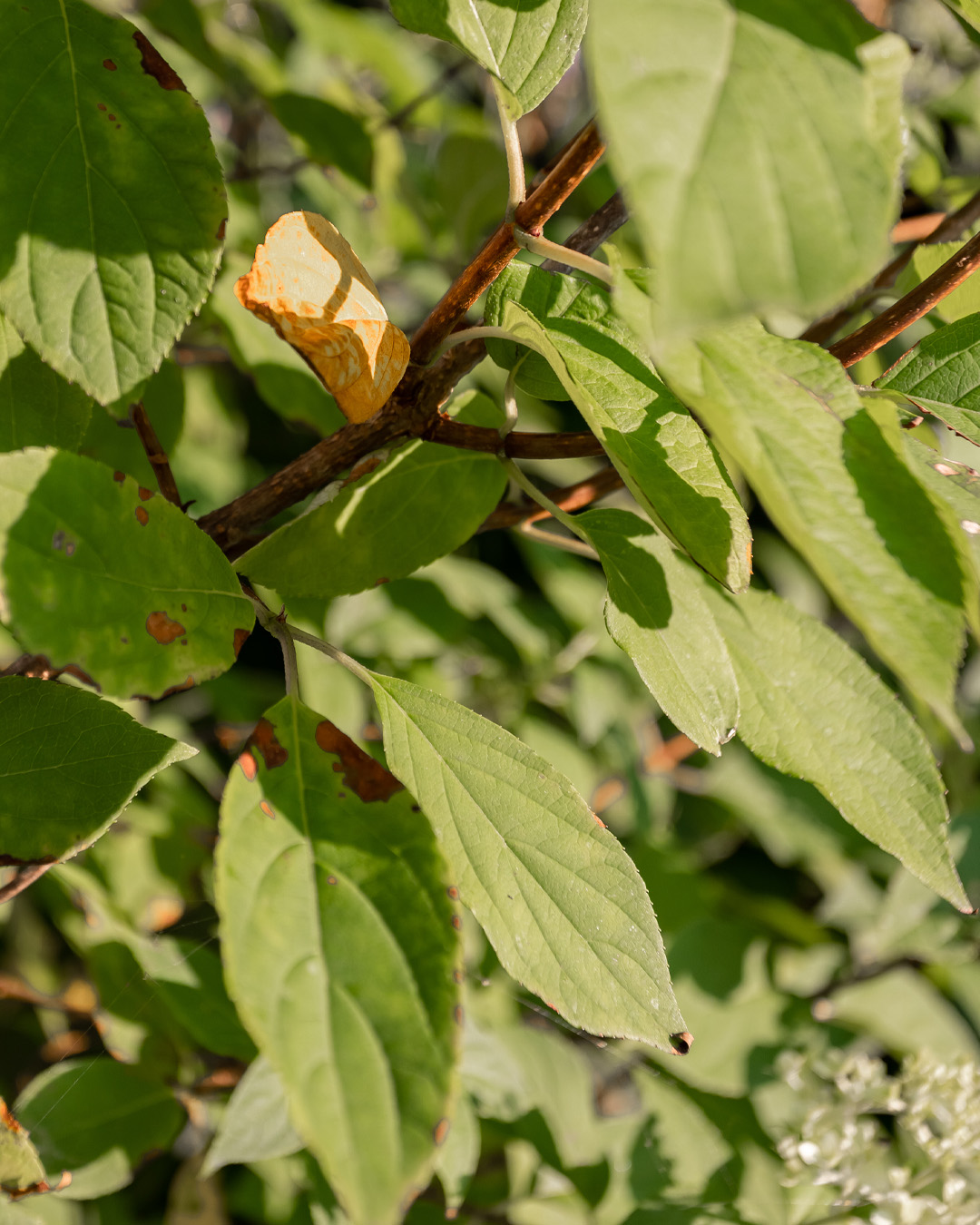The Only Guide to Hydrangea Leaves Turning Yellow
The Only Guide to Hydrangea Leaves Turning Yellow
Blog Article
Hydrangea Leaves Turning Yellow Things To Know Before You Get This
Table of ContentsThe Of Hydrangea Leaves Turning YellowHydrangea Leaves Turning Yellow Can Be Fun For EveryoneHydrangea Leaves Turning Yellow Can Be Fun For AnyoneNot known Facts About Hydrangea Leaves Turning YellowSome Known Facts About Hydrangea Leaves Turning Yellow.What Does Hydrangea Leaves Turning Yellow Mean?
One opportunity is that the plant is not obtaining adequate sunshine. Throughout the winter season, the days are much shorter, and the sunlight is not as extreme, so make certain to put your Hydrangea in an area where it will obtain at least six hours of sunshine daily. Another factor for Hydrangea yellow fallen leaves in wintertime might be excessive water.Finally, the leaves may be transforming yellow as a result of temperature level anxiety. Hydrangeas like cooler temperatures, so if the plant remains in a place that gets too warm or too cold, the fallen leaves will transform yellow. If you believe temperature stress may be the problem, try relocating your Hydrangea to a different place or safeguarding it from the elements with a cloth wrap.
New development will be observed in very early spring, when you'll notice environment-friendly foliage growing from stems that may have appeared dead. If your fallen leaves are transforming brown in spring or summer season, there are likely various other elements at play (Hydrangea Leaves Turning Yellow). The specific reasons rely on the range and their expanding conditions, yet as a whole, brownish hydrangea fallen leaves are an indication of dehydration and wilting in the warmth
The 4-Minute Rule for Hydrangea Leaves Turning Yellow

Wilting is triggered by lack of dampness, meaning there are a few excellent tricks to use to stop this from taking place. Give your hydrangeas a healthy glug of water every couple of days when the temperature levels are climbing high, and treat the soil to much better preserve dampness. After watering, a dab of mulch around the base of each plant ought to assist with this by maintaining dampness in the soil.
This disrupts fungi spores from clearing up. "The Botrytis fungi thrives in cool and wet conditions, so prevent bathing the entire plant when sprinkling and simply water at the origins," shares Roy Nicol, a Master Green thumb. If you have actually missed out on the possibility for avoidance and are handling an infection you ought to eliminate all dead or badly contaminated fallen leaves from the plant and damage them to avoid more spread.
The Only Guide to Hydrangea Leaves Turning Yellow
As a general guideline, we advise getting rid of leaves when they are 50% brown or greater. While browning brought on by any type of factor can't be reversed, taking the corrective activity explained above will urge the plant to grow brand-new fallen leaves so the damaged fallen leaves either fall off normally or can be gotten rid of by the gardener.
Hydrangeas must be watered only when the leading few inches of soil are completely dry, and should be offered a comprehensive saturating each time. Underwatered hydrangeas are likely to have yellow, wilting, and drooping fallen leaves.
The way you take care of hydrangea leaves transforming yellow relies on the essential concern causing the yellow leaves. This can be tough to identify, once you do you will have the resource ability to adjust your plant care appropriately to deal with the trouble. As discussed previously, an usual issue with hydrangeas is nutrient deficiencies.
Facts About Hydrangea Leaves Turning Yellow Revealed
During the peak expanding period, you need to sprinkle at a price of regarding 1 inch each week. If you are fretted about not effectively sprinkling your hydrangeas, there are a number of things you can do. Including compost to the base of the plants over the origin zone help to regulate the temperature level around the hedge and preserve water in the dirt.
You can acquire and mount basic watering globes. Watering worlds hold water in them and gradually release this water into the soil as the ground comes to be completely dry. Just load the world with water, stick the spout into the dirt within the origin zone near the base of the plant, and leave it in position till all the water is gone.
If it is as well serious, some pop over to these guys plants will never recover from transplant shock and will certainly remain to decrease up until they die. Minimize transplant shock by including as several origins as feasible when digging up your plant to relocate. Be certain to supply more water than typical in the weeks following growing to assist your plant recuperate and grow brand-new roots.
What Does Hydrangea Leaves Turning Yellow Do?
To prevent spreading out fungal illness, make sure to thouroughly clean and decontaminate any type of trimming tools prior to and after usage. Lastly, you can attempt to flush the origins with water to remove excess fertlizer.
Your hydrangea plant likes well-drained, moist dirt. If the check my blog pot has inadequate drain, or your dirt is flooded, the fallen leaves will certainly start to transform yellow. Overwatering makes the dirt soggy (Hydrangea Leaves Turning Yellow). Swamped and soaked soil can cause stunted development, leaf staining, and, worst of all, rot fungal conditions. Despite the fact that over-watering can be unsafe, under-watering is not a choice either.
If you don't water your hydrangea plant for more than a week, the fallen leaves will certainly begin transforming yellow. Fungal diseases that attack the plants have a tendency to reveal indicators on the roots and the leaves of the plant.
3 Easy Facts About Hydrangea Leaves Turning Yellow Shown

Report this page